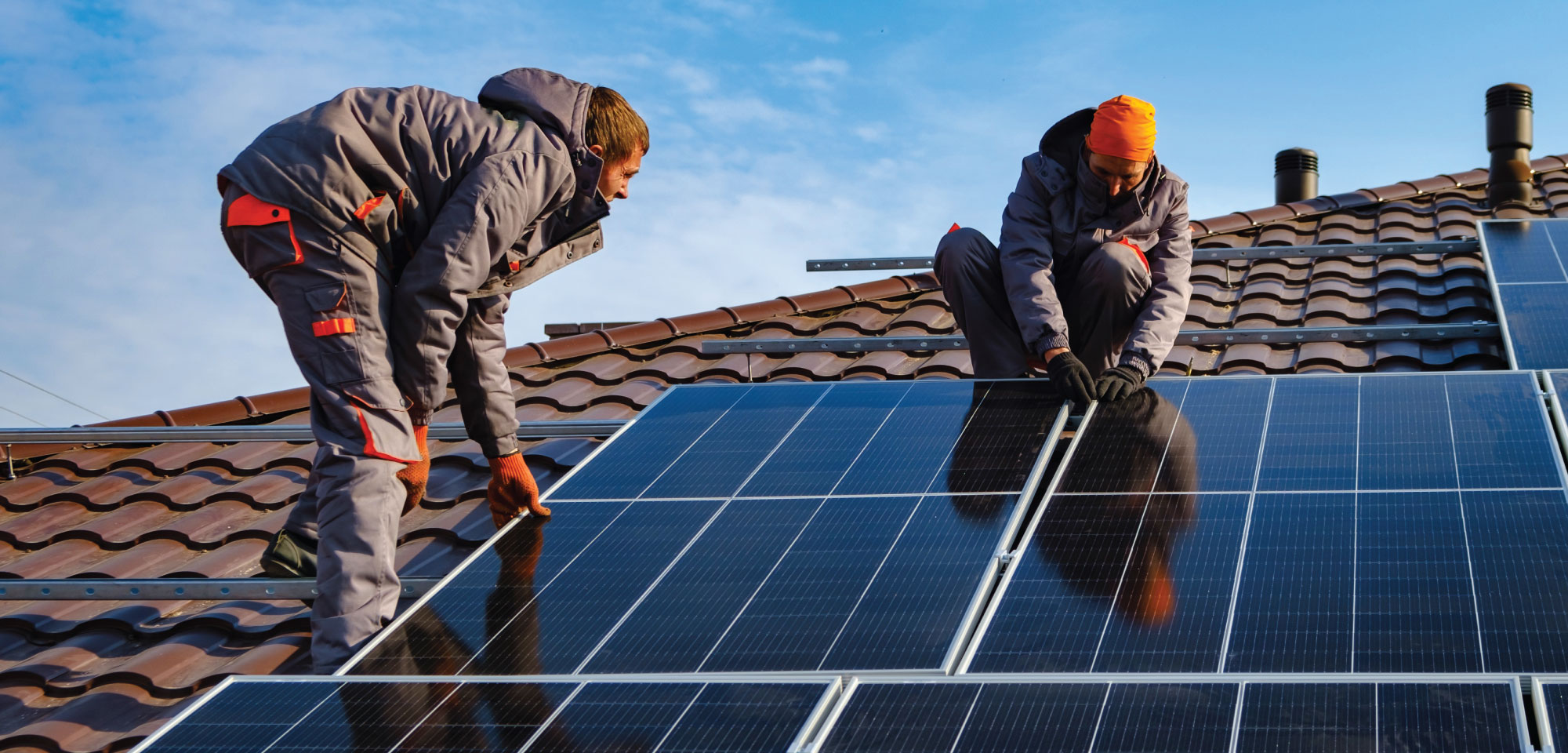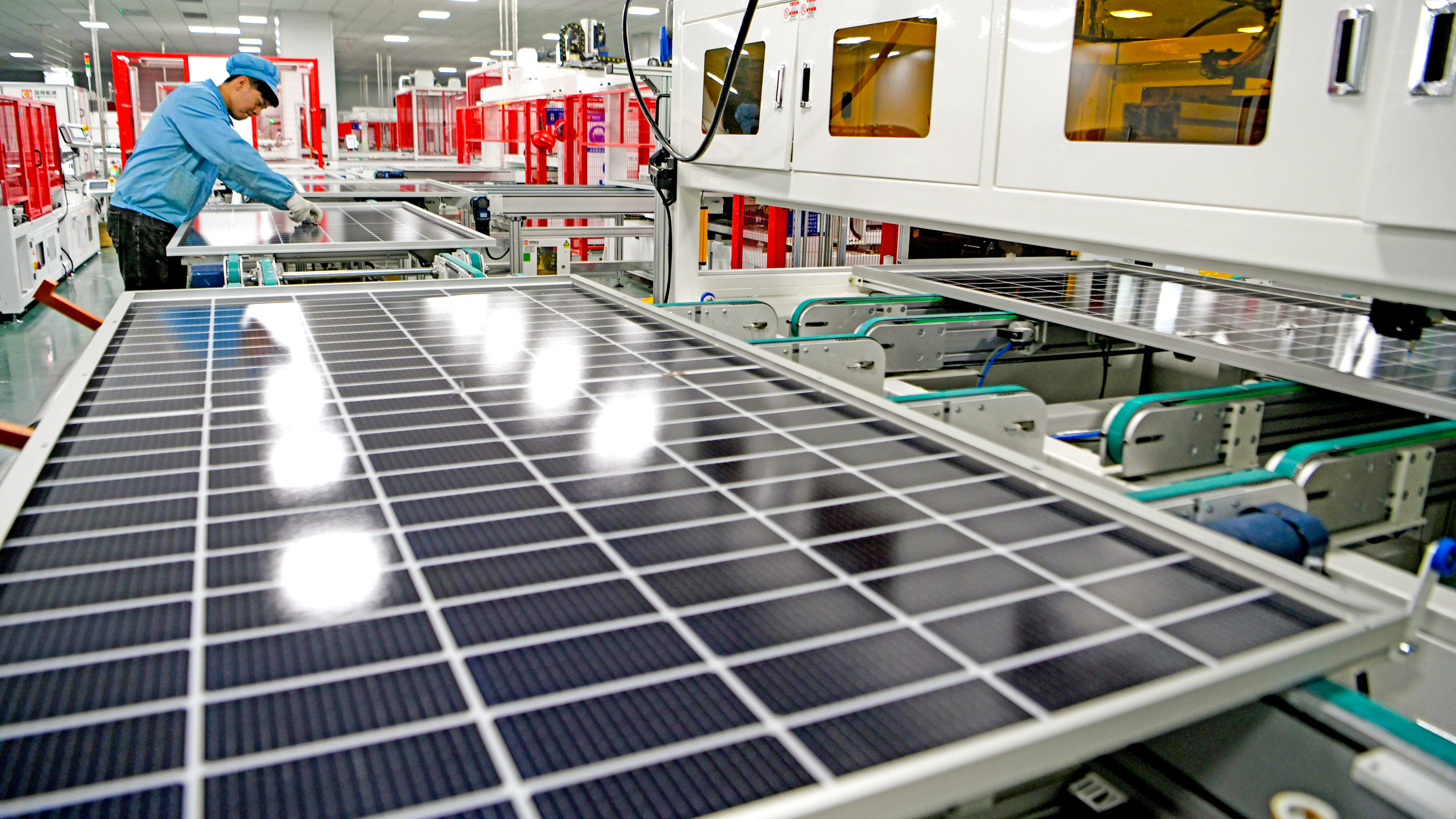Our Commercial Solar Panels Virginia Diaries
Our Commercial Solar Panels Virginia Diaries
Blog Article
Virginia Solar Energy Contractors: Lumina Solar Specializes In Supplying Advanced Photovoltaic Solutions For Residences And Services
History and Establishing
Have you ever wondered how a photovoltaic panel business springs from a simple spark of inspiration into a powerhouse of renewable energy? It frequently begins with a vision-- one sustained by a mix of innovation, decision, and a pinch of serendipity. The journey of lots of solar business mirrors the development of the innovation itself: from bulky, inefficient panels to streamlined, high-efficiency marvels harnessing the sun's bounty.
The Early Days
In the late 20th century, when solar energy was still a specific niche principle, leaders planted seeds for what would end up being a global motion. Think of a little workshop filled with curious engineers, tirelessly explore photovoltaic cells. Their enthusiasm was palpable, typically driven by a desire to combat climate modification and reduce reliance on nonrenewable fuel sources.
One such anecdote is about a founder who, motivated by an outdoor camping journey, understood that even in remote locations, the sun might power necessary gadgets. This basic observation stimulated a company's objective to democratize access to tidy energy.
Founding Principles

- Development: Constantly pressing the limits of solar technology to enhance performance and resilience.
- Sustainability: Dedicating to environmentally friendly manufacturing and decreasing carbon footprints.
- Accessibility: Making renewable resource services budget friendly and useful for everyday users.
Turning points in Development
| Year | Key Event |
|---|---|
| 1985 | Business established in a small garage, concentrating on research study and advancement. |
| 1995 | First commercial solar panel item introduced, getting regional attention. |
| 2005 | Expanded to global markets, embracing worldwide eco-friendly energy goals. |
| 2015 | Presented innovative photovoltaic panel innovation with improved energy conversion. |
Isn't it remarkable how these incremental actions, typically neglected, shape the energy landscape today? The photovoltaic panel business story is not simply about innovation; it's about a ruthless mission for a brighter, cleaner future.

Developments in Photovoltaic Panel Technologies
Ever observed how some solar panels shine brighter and last longer? It's not magic; it's the science of photovoltaic performance. Modern solar panel companies invest heavily in innovations like bifacial cells, which record sunlight from both sides, boosting energy harvest without broadening roofing space. Have you ever wondered why some panels carry out better on cloudy days? That's due to advances in thin-film solar innovation, which prospers under diffused light conditions.
Product Variations Customized to Special Needs
One size never ever fits all. Solar panel companies now use:
- Monocrystalline panels for optimum effectiveness and streamlined looks, ideal for space-constrained rooftops.
- Polycrystalline panels, which use an economical alternative without compromising excessive output.
- Building-integrated photovoltaics (BIPV), combining solar tech seamlessly into architectural components like windows and facades.
Selecting the best product isn't just about in advance cost; it's about matching your environment, energy objectives, and long-term cost savings. Homes shaded by trees need panels that excel in low-light scenarios, something many ignore up until energy expenses climb unexpectedly.
Technical Tips for Ideal Selection
- Evaluate the temperature level coefficient-- lower values indicate panels lose less effectiveness on hot days.
- Search for panels with improved anti-reflective finishes to maximize light absorption.
- Think about the panel's warranty not simply for flaws, however for guaranteed power output over decades.
- Don't underestimate the importance of the inverter technology paired with the panels; it can make or break your system's efficiency.
Beyond Panels: Emerging Patterns
Imagine solar panels that adjust their angle instantly to go after the sun-- tracking systems are becoming more available, increasing yield significantly. Or solar tiles that blend undetectably into your roofline, changing your home into a quiet, self-sufficient power generator. These developments are improving what a photovoltaic panel company uses-- not simply items, however integrated energy services.
Market Existence and Global Operations
Ever wonder why some solar panel business appear to sprout up in every corner of the world while others barely make a ripple? The distinction lies not simply in technology however in mastering the art of browsing varied markets. Expanding worldwide resembles planting seeds in various environments-- you need to understand each environment's special conditions to flourish.
Take, for example, the detailed dance of logistics and supply chain management. Delivering panels midway throughout the world isn't simply about distance; it has to do with timing, customizeds, tariffs, and adapting to local demand changes. A business with robust global operations expects these variables, ensuring panels show up on schedule without pumping up costs. This foresight is no small task and typically separates market leaders from followers.
Secret Strategies for Expanding Market Existence
- Localized production: Establishing production hubs near target markets minimizes shipping delays and import complexities.
- Strategic collaborations: Teaming up with regional companies speeds up market penetration and develops trust.
- Adaptive product design: Tailoring photovoltaic panel tech to weather, sun strength, and facilities nuances enhances performance and acceptance.
What about the human factor? Solar panel business running globally need to reconcile cultural differences and regulative nuances without losing sight of their core objective. What works in a sun-drenched desert may falter in a humid seaside area. Sometimes, the most ingenious option is just listening-- taking in local insights to refine technology and method.
Specialists often advise a phased rollout rather than a shotgun expansion. Why risk overextension when measured growth builds sustainable momentum? Scaling carefully implies balancing aspiration with operational resilience - Solar Panel Company Virginia. In the race for sustainable energy dominance, patience can be as valuable as speed.
Environmental Impact and Sustainability Practices
When photovoltaic panels first emerged, lots of assumed they carried no ecological baggage. The truth is more nuanced. The production of photovoltaic cells involves rare earth metals and energy-intensive procedures, which can leave a large carbon footprint before the panels even reach roofs. The true environmental cost depends heavily on the sustainability practices used by the photovoltaic panel company throughout the lifecycle of their items.
How typically do we stop briefly to consider what happens to photovoltaic panels at the end of their beneficial life? Unlike batteries or electronic devices, solar panels can last 25-30 years, but disposal and recycling paths remain underdeveloped in lots of areas. A company dedicated to minimizing ecological harm will have a robust plan for recycling photovoltaic materials, restoring important silicon, glass, and metals to avoid landfill accumulation.
Key Sustainability Methods
- Making use of low-impact production techniques that lessen water and energy consumption.
- Executing closed-loop systems to recycle production waste back into brand-new panels.
- Engaging in transparent supply chain audits to guarantee ethical sourcing of raw materials.
- Designing panels for simpler disassembly to aid future recycling efforts.
It deserves keeping in mind that some solar business have actually originated ingenious approaches, such as incorporating biodegradable elements or using less toxic chemicals during fabrication. This not just lowers ecological strain but likewise sets click here a precedent for the market. The question stays: can the solar industry genuinely pivot towards a circular economy model without compromising performance or cost?
Specialist Tips for Examining Sustainability
- Inquire about the company's commitment to carbon-neutral production and whether they offset emissions.
- Investigate if they partner with licensed recycling centers devoted to photovoltaic panel waste.
- Try to find transparency reports detailing ecological effects and sustainability objectives.
- Think about the durability and warranty of panels as an indirect step of resource performance.
In the end, going with solar power needs to mean more than just slashing electrical power costs; it has to do with nurturing a future where energy is harvested responsibly and waste is thoughtfully managed. Photovoltaic panel companies that embrace this philosophy not just brighten homes however also cast a brighter light on sustainable development.
Report this page